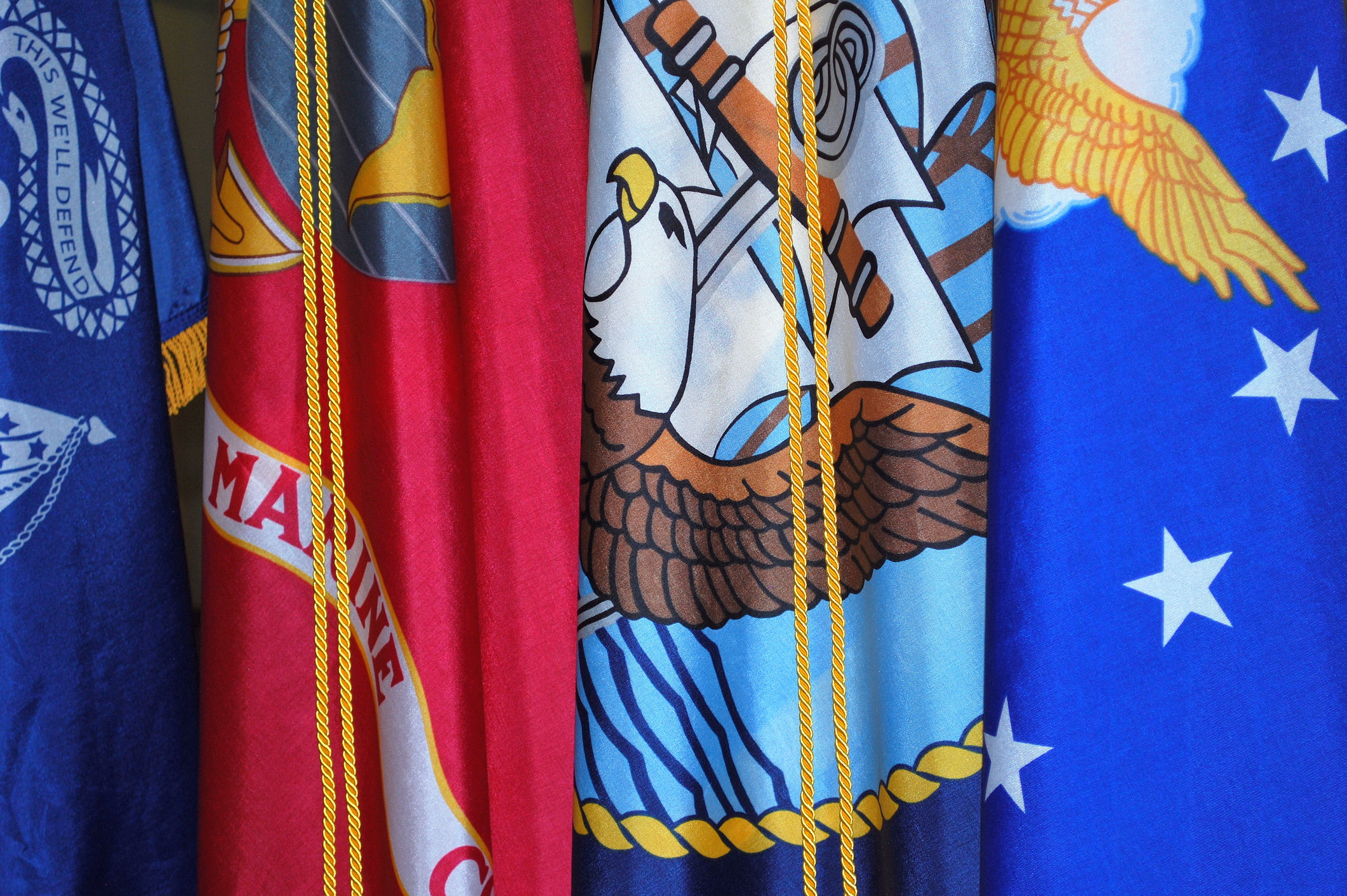Table of Contents
The Former Spouse’s Protection Act allows a state court to divide military retired pay (pension) in a divorce. There is no rule that after 10 years of marriage, the military retired pay is automatically divided in half (50/50). That is a military myth told by ignorant barracks lawyers.
Military Retirement Benefits and The Former Spouses Protection Act
Military retirement benefits are an important source of financial security for former military spouses. When a service member retires from the military, they are entitled to military retired pay. The amount of retired pay depends on the length of service, rank, and other factors.
The retired pay can provide a steady stream of income for former military spouses.
In addition to retired pay, military retirees are also eligible for health care benefits, survivor benefits, and other benefits. These benefits can provide financial security for former military spouses. Knowing which benefits are available and how to access them can help former military spouses achieve financial security.
Congress has recognized that Spouses serve as well by traveling with and supporting the military members. That is why they passed the Former Spouse’s Protection Act.
Types of Retirement Benefits
Military retirement benefits come in three forms: the “high-three” system, the “career status bonus” system, and the new Blended Retirement System is a new retirement plan that began in 2018. The high-three system is based on a service member’s highest-paid 36 months of service. The career status bonus system is based on a service member’s length of service.
Under the high-three system, retired pay is computed by multiplying the service member’s final base pay by 2.5%, and then multiplying it by the number of years of service. Under the career status bonus system, retired pay is computed by multiplying the service member’s final base pay by 2.5%, and then multiplying it by the number of years of service and the number of service points.
The Blended Retirement System combines a matching 401(k) type plan, where the government provides matching funds. However, instead of receiving a retirement of 50% of base pay at the end of 20 years, the service member will only get 40%.
Introduction to the Uniformed Services Former Spouses’ Protection Act
The USFSPA is a federal law that was enacted in 1982 to protect the rights of former military spouses. The law outlines the rights of former spouses to receive a portion of their ex-spouse’s military retirement pay, as well as other benefits. The USFSPA applies to members of all branches of the armed forces, including the Air Force, Army, Marines, Navy, and Coast Guard.
Under the Former Spouse’s Protection Act if a former military spouse is divorced or legally separated from a service member, they may be eligible to receive a portion of their former spouse’s retired pay. This is commonly referred to as the “10/10 Rule,” which states that if the couple was married for 10 years or more and the service member has been on active duty for 10 years or more, then the former spouse is eligible to receive a portion of the service member’s retired pay.
There is no rule that after 10 years the spouse gets half of the retired pay (pension). This is one of those military myths told by generations of barracks lawyers.
How the Former Spouse’s Protection Act Impacts Military Divorce
The Former Spouse’s Protection Act provides important protections for former military spouses that are going through a divorce. Under the law, a former spouse may be eligible for a portion of their ex-spouse’s retired pay, as well as other benefits such as health care and life insurance.
The Former Spouse’s Protection Actalso has important implications for military divorces. For example, the USFSPA requires that a former spouse must be notified of any changes to their former spouse’s retired pay, such as a change in rank or retirement status. This notification is required to ensure that the former spouse is aware of any changes that may affect their share of the retired pay.
Understanding Military Retirement Pay and Survivor Benefits
Military retirement pay is a vital source of income for many former military spouses. Under the USFSPA, a former spouse may be eligible to receive a portion of the service member’s retired pay. How the retirement pay is divided in a divorce will depend on the law of the state where the divorce is filed.
In addition to retired pay, the Former Spouse’s Protection Act also provides for survivor benefits. These benefits are paid to a former spouse if the service member dies while on active duty or after retirement. The amount of the benefit is determined by the service member’s rank and length of service.
DFAS Processes Military Retired Pay Orders
The Defense Finance and Accounting Service (DFAS) processes court orders dividing military retired pay if there were ten years of marriage with ten years of overlapping military service. This is the ten-year rule.
This is a lot of misinformation about the ten-year rule. Some people wrongly believe that the ten-year rule somehow entitles a spouse to half of the service member’s retired pay. This is completely false. Yes, I’ve said this 3 times already, but I’m trying to drive a stake in the heart of this myth.
How Is Retirement Pay Divided in Divorce?
When a military couple divorces, the court will typically order that a portion of the service member’s retired pay to be paid to the former spouse. This is known as a military retired pay division order.
The amount of the retired pay that is divided in a divorce is determined by the court. Generally, the court will order that the former spouse receive a percentage of the retired pay that is commensurate with the length of the marriage, the service member’s rank, and other factors.
In New York, the Majauskas formula is used. The judge will take the number of months of marriage and divide it by the number of years of military service. Half of that fraction will be what the spouse will receive. For example, 20 years of marriage and 20 years of service result in the spouse receiving 50% of the retired pay. However, 10 years of marriage with 20 years of service will result in 25%. The court will also assess the amount of the retired pay as of the rank at the time of divorce. So, if an E-9 is divorced as an E-6, the retired pay will be based on E-6 pay, not E-9 pay.
How Is Survivor Benefit Plan Pay Divided in Divorce?
In addition to retired pay, the Former Spouse’s Protection Act also provides survivor benefits, known as SBP. These benefits are paid to a former spouse if the service member dies while on active duty or after retirement. The amount of the benefit is determined by the service member’s rank and length of service and the amount of money paid as a premium.
When a military couple divorces, the court may order that a portion of the survivor benefit plan may be paid to the former spouse. This is known as a military survivor benefit plan division order. The amount of the survivor benefit plan pay that is divided in a divorce is determined by the court. Generally, the court will order that the former spouse receive a percentage of the survivor benefit plan pay that is commensurate with the length of the marriage and other factors.
The 20/20 Rule
A military spouse who was married for 20 years with 20 years of overlapping military service is called a “20/20 Spouse.” Such spouse will be entitled to TRI-CARE, as well as PX and Commissary privileges. This has nothing to do with the divorce and the former service member’s spouse cannot grant or withhold this right. It is conferred upon the former spouse by the U.S. Government.
What Other Benefits Are Available for Former Military Spouses?
In addition to retired pay and survivor benefits, there are other benefits available to former military spouses. These include the Veterans’ Benefits for Dependents and Survivors Program, the Military Spouse Divorce Entitlements Program, and other programs.
The Veterans’ Benefits for Dependents and Survivors Program provides financial and medical benefits to spouses, children, and other dependents of veterans. The program is administered by the Department of Veterans Affairs and is designed to provide assistance to former military spouses and dependents who may be in need of financial assistance.
These plans are independent of the divorce and the Court has no authority over them.
What Are the Benefits of Working with a Retired JAG Attorney?
When going through a military divorce, it is important to work with an experienced attorney who understands the Former Spouse’s Protection Act and other military laws. A skilled divorce attorney who is retired military can help a former military spouse understand their rights and options under the USFSPA, as well as help them navigate the process of dividing military retired pay and survivor benefits.
In addition, a retired service member divorce attorney can provide valuable advice and guidance on other issues related to a military divorce, such as property division, child support, and spousal support.
At Port and Sava, we are a Veteran owned business and we understand the unique issues that military families face when going through a divorce. Mr. Port is a retired JAG Lieutenant Colonel and Mr. Sava served ten years with a combat tour in the Horn of Africa, so we are committed to providing the highest level of legal representation to our clients. If you are a service member, veteran, or former military spouse and would like to learn more about your rights and options under the USFSPA, contact Port and Sava today for a free telephone consultation.
Conclusion
Divorce can be a difficult and stressful process for many military couples. The Former Spouse’s Protection Act provides important protections for former military spouses and outlines their rights to receive a portion of their former spouse’s retired pay, as well as other benefits. It is important for former military spouses to understand their rights and options under the Former Spouse’s Protection Act, as well as other military laws, in order to ensure that they receive the benefits to which they are entitled.
At Port and Sava, we understand the unique issues that military families face when going through a divorce. Our experienced attorneys are committed to providing the highest level of legal representation to our clients. We can help you understand your rights and options under the USFSPA and other military laws, as well as assist you in navigating the process of dividing military retired pay and survivor benefits. Call Lieutenant Colonel, Retired, Gary Port at (516) 352-2999 for a free telephone consultation.

